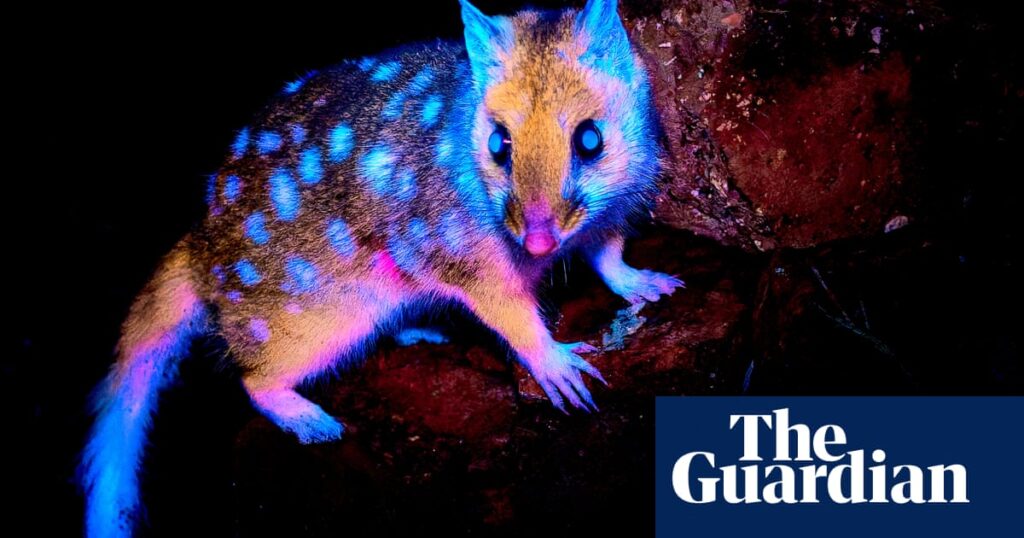
The Beaker Street Science Photography Prize has unveiled its latest collection of captivating images, with Kelli Miller’s photograph of “Inner Terrain” capturing significant attention. This image utilizes advanced microscopy to reveal the intricate details of polymerised protein puddles (PPPs) found during dried blood evaluations. These formations, appearing as white areas with black tentacle-like lines, provide a deeper insight into individual health by indicating tissue health and potential oxidative stress.
PPPs, often referred to as soft clots, vary in size from small white dots to larger formations. Their presence is crucial in medical diagnostics as they often signal free radical damage and the presence of toxins within the body’s terrain. This discovery not only highlights the beauty hidden within the microscopic world but also underscores the importance of scientific photography in enhancing our understanding of health.
The Role of Microscopy in Modern Medicine
Microscopy has long been a cornerstone in the field of medical diagnostics, allowing scientists and healthcare professionals to observe the minute details of biological samples. The Beaker Street Science Photography Prize serves as a platform to showcase how these microscopic images can transcend their scientific purpose and become works of art. Miller’s photograph is a testament to this fusion of science and art, providing both aesthetic pleasure and vital information.
According to Dr. Emily Carter, a leading researcher in cellular biology,
“Microscopy has revolutionized our approach to diagnosing diseases. By examining the intricate patterns and structures at a microscopic level, we can detect abnormalities that are invisible to the naked eye.”
This capability is particularly crucial in identifying conditions related to oxidative stress, which can lead to chronic diseases if left unchecked.
Understanding Polymerised Protein Puddles
Polymerised protein puddles, or PPPs, are formed when proteins within the blood undergo a process of polymerization, often as a response to oxidative stress. This stress can result from various factors, including environmental toxins, poor diet, and lifestyle choices. The presence of PPPs is a marker of cellular health and can indicate the body’s overall state of wellness.
Dr. John Smith, an expert in hematology, explains,
“PPPs are like footprints left behind by oxidative stress. By studying these formations, we gain insights into the body’s internal environment and can tailor interventions to mitigate potential health risks.”
This ability to preemptively address health concerns is a significant advantage in preventive medicine.
The Intersection of Art and Science
The Beaker Street Science Photography Prize is more than just a competition; it is a celebration of the intersection between art and science. By capturing the unseen beauty of the microscopic world, photographers like Kelli Miller are able to communicate complex scientific concepts to a broader audience. This not only raises awareness about the importance of scientific research but also inspires a new generation of scientists and artists.
As the world continues to grapple with health challenges, the role of innovative diagnostic techniques becomes increasingly critical. The Beaker Street Science Photography Prize highlights the potential of these technologies to enhance our understanding of health and disease.
Looking Ahead: The Future of Scientific Photography
As technology advances, the field of scientific photography is poised to expand even further. With the advent of more sophisticated imaging techniques, researchers will be able to delve deeper into the mysteries of the microscopic world. This will not only aid in medical diagnostics but also in fields such as environmental science and materials engineering.
The Beaker Street Science Photography Prize serves as a reminder of the power of visual storytelling in science. By continuing to bridge the gap between art and science, it promises to inspire future innovations and discoveries.
In conclusion, the Beaker Street Science Photography Prize not only celebrates the beauty of the microscopic world but also underscores the critical role of scientific photography in advancing our understanding of health and the environment. As we look to the future, the possibilities for this field are as vast as the microscopic landscapes it explores.




